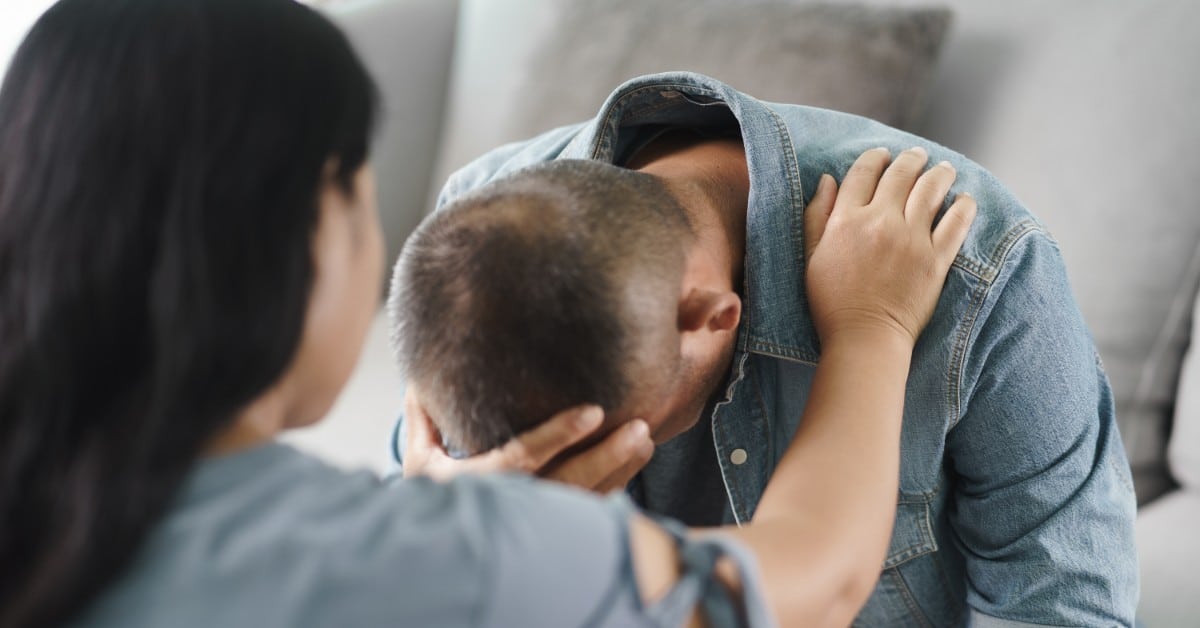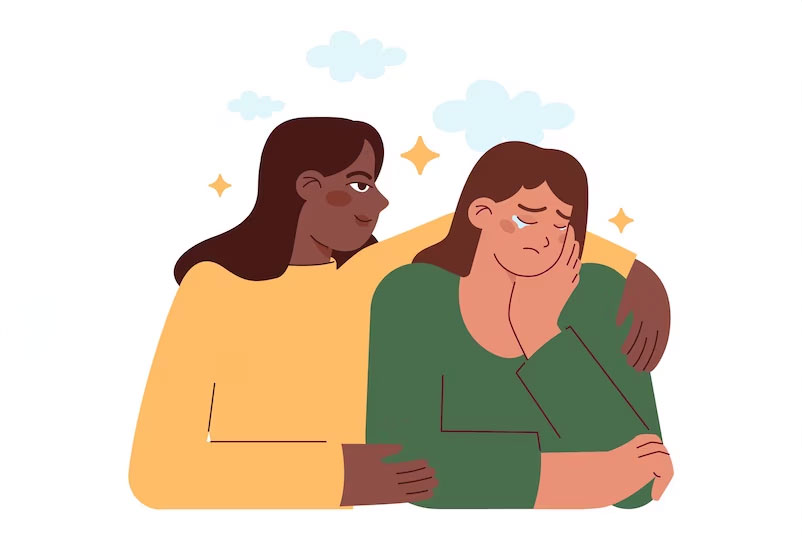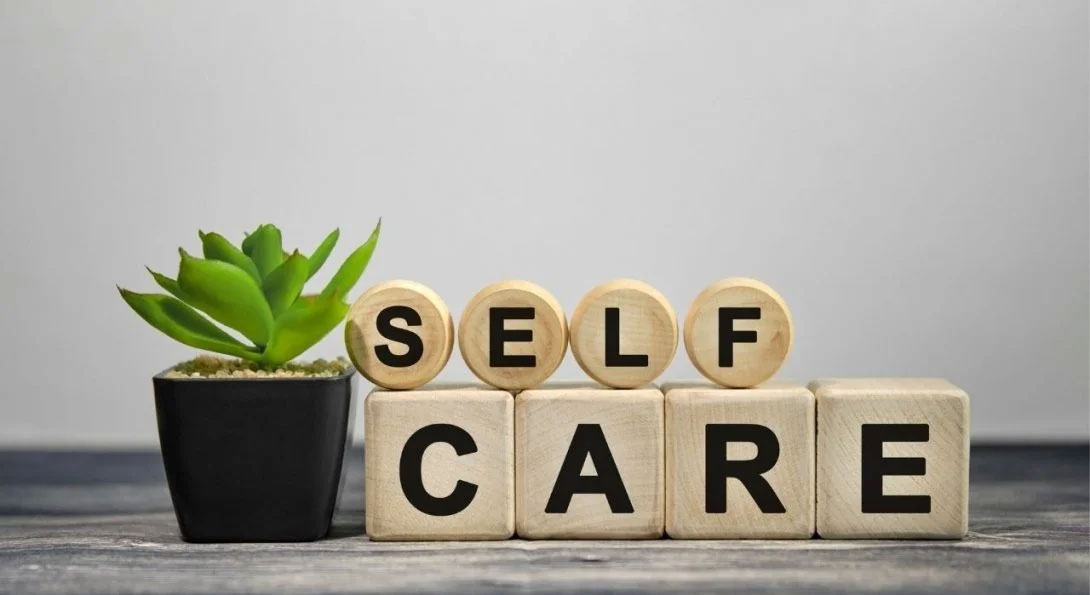Navigating the complexities of post-traumatic stress disorder (PTSD) can be challenging, both for those who endure its effects and for the loved ones who strive to support them. This condition can profoundly alter an individual's emotional and psychological landscape, often leaving both sufferers and their families feeling isolated and overwhelmed. However, by fostering a deeper understanding of PTSD, recognizing its varied symptoms, and learning how to approach and manage difficult moments, we can create a supportive environment that enhances healing and recovery. Building compassionate connections and providing informed support can make a significant difference in the lives of those affected by PTSD, offering hope and resilience on their journey forward.
Recognizing PTSD Episodes

Understanding PTSD is crucial for providing support to those affected. Symptoms such as flashbacks, nightmares, or intrusive thoughts can disrupt daily life, often leading to heightened anxiety or avoidance of situations that might trigger recollections of the trauma. It's essential to approach individuals with empathy and patience, acknowledging their experiences without judgment. By educating yourself about PTSD, you can better recognize when someone might be struggling and encourage them to seek professional help. Therapy, along with support from loved ones, can play a significant role in managing PTSD. Encouraging open conversations about mental health can also reduce stigma, allowing individuals to feel more comfortable accessing the resources and support they need..
What Does A PTSD Flashback Look Like

Witnessing a PTSD flashback can be disconcerting for an outsider, as the individual experiencing it might suddenly seem physically present but mentally detached. They may exhibit a glazed-over expression, as if they are staring right through their surroundings, lost in the depths of their mind. Emotional responses can be intense and varied, ranging from silent tears streaming down their face to frantic movements as if attempting to escape an unseen threat. These manifestations are often accompanied by physical symptoms such as a rapid heartbeat, shallow breathing, or a visible tremor in their hands. It's important for an observer to approach the situation with sensitivity and understanding, offering reassurance and grounding the individual in the present moment, if possible, by maintaining a calm tone and providing a safe environment..
Handling Moments Of Withdrawal

When witnessing someone struggling with a PTSD episode, it’s crucial to remain calm and supportive. It's common to feel helpless, especially if the individual begins to push you away. During such times, respecting their boundaries becomes imperative. By acknowledging their need for space, you provide a sense of control that might otherwise feel lost to them. Gently reassure them that you are nearby and available to provide support if they choose to accept it. Remember, the pushbacks you experience might be their defense mechanism showing itself. Practicing patience, empathy, and understanding not only preserves the relationship but also reinforces a foundation of trust. Communication should remain open, avoiding any form of pressure while making it clear that their well-being is your priority. As you stand by them through these difficult moments, you further their journey towards healing, helping them navigate the turbulent waves of PTSD with kindness and compassion..
Communicating With Compassion

Building a robust support network requires more than just being present; it demands genuine empathy and active engagement. Initiating conversations with sensitivity ensures that individuals with PTSD feel comfortable and respected when sharing their experiences. It's crucial to acknowledge their emotions and experiences with sincerity, as this validation is a keystone for nurturing trust and a sense of belonging. Engaging in thoughtful listening, without interrupting or imposing solutions, can greatly enhance the healing process and contribute to a more supportive environment. These small yet impactful gestures not only reinforce connections but also empower individuals on their path to mental wellness, creating a resilient community around them that champions their progress and well-being..
Importance Of Self-Care

Self-care is an essential component in nurturing a healthy relationship between caregivers and individuals with PTSD. It's crucial for caregivers to not lose sight of their own needs amidst their dedication to others. Engaging in stress-reduction practices like mindfulness helps cultivate a calm and centered mindset that can greatly enhance one's caregiving abilities. Regular physical activity further supports mental health by releasing tension and promoting positive energy. Incorporating these practices into daily routines ensures caregivers remain resilient and effective, creating a sustainable environment of support. By prioritizing self-care, caregivers become equipped not only to assist others more effectively but also to sustain their own well-being, preventing the onset of burnout and fatigue..
Educating Yourself About PTSD

Educating yourself on PTSD can make a meaningful difference in both personal and broader societal contexts. By understanding what triggers episodes, whether they're certain environments, sounds, or other stimuli, you can better support those affected and help them navigate daily challenges. Educating oneself also involves recognizing subtle signs that may indicate an episode is about to occur, enabling you to assist in minimizing their impact. Additionally, familiarizing yourself with the VA rating system for PTSD is crucial, as it offers insights into the severity and implications of the condition. This rating, which ranges from 0% to 100%, not only affects the type of treatment options accessible but also determines the level of support systems and financial benefits available to veterans. Understanding these aspects provides a comprehensive view, equipping you to advocate better and contribute to constructive discussions around mental health and veteran care..
Encouraging Professional Assistance

It is crucial not to overlook the profound impact that professional help can have for those dealing with PTSD. While the love and support from friends and family can offer significant comfort, the expertise of therapists or support groups specializing in PTSD can be transformative. These professionals are equipped with an array of therapeutic tools, such as cognitive-behavioral therapy (CBT) and Eye Movement Desensitization and Reprocessing (EMDR), specifically designed to address the complex symptoms of PTSD. Unlike informal support systems, therapists provide a structured environment and evidence-based practices that are tailored to the individual needs of each person. This expert guidance not only aids in managing symptoms more effectively but also empowers individuals to regain control over their lives in a safe, supportive setting. Seeking professional help is not just a step towards healing; it is a courageous commitment to recovery and a testament to the strength found in asking for specialized assistance..
Using Technology For Support

In addition to apps, virtual reality (VR) is emerging as a cutting-edge tool in the management of PTSD, offering immersive experiences designed to simulate therapeutic environments. By recreating scenarios in a controlled manner, VR therapy can help individuals safely process traumatic events at their own pace, potentially reducing anxiety and fear associated with certain triggers. Furthermore, advancements in artificial intelligence (AI) have led to the development of personalized chatbots that provide 24/7 support, offering coping strategies and instant relief during moments of distress. These technological innovations not only enhance accessibility to mental health resources but also offer a sense of companionship and understanding, bridging the gap between traditional therapy sessions and everyday life challenges. As technology continues to evolve, it holds the promise of further transforming PTSD treatment, making it more effective and tailored to individual needs..
In conclusion, supporting a loved one with PTSD is a journey that demands empathy and dedication. By educating ourselves about the complexities of PTSD, facilitating honest and open dialogues, and advocating for professional help, we can be instrumental in their path to recovery. Our proactive involvement not only strengthens our relationship but also provides the emotional scaffolding they need to rebuild their lives. Through these compassionate actions, we can offer the reassurance and understanding vital for healing, fostering resilience and hope in their journey towards well-being.


